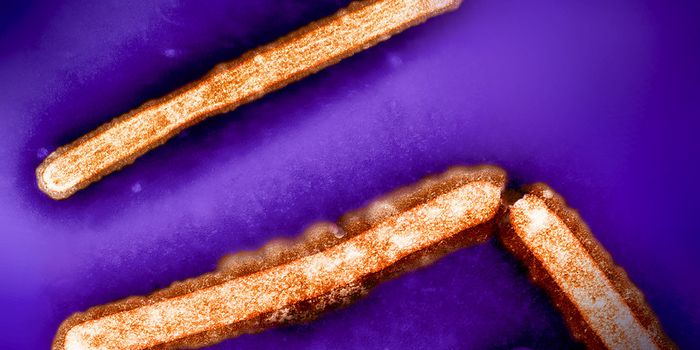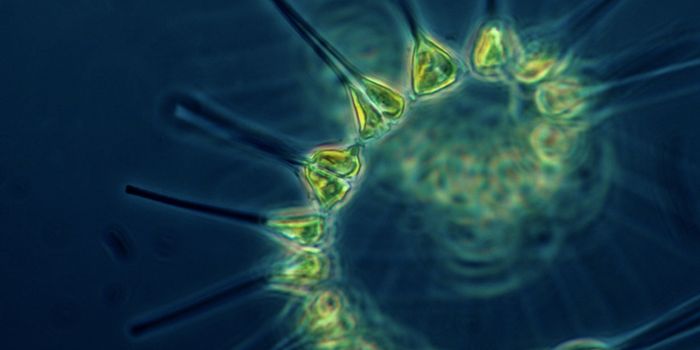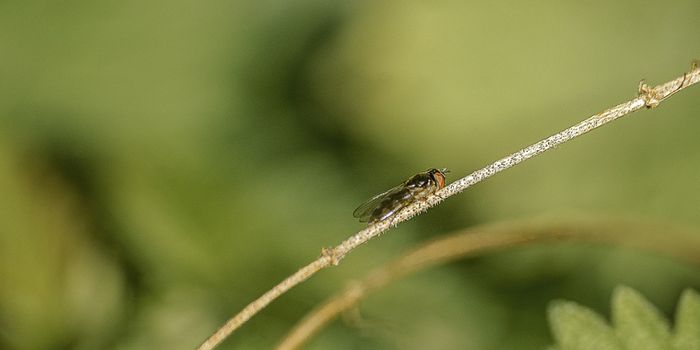How Much Do You Know About Fleas?
If you have any furry pets at home, such as cats or dogs, then you may have had to deal with fleas at one time or another. Fleas are incredibly irritating insects that nestle themselves deep inside of a pet’s furry coat and then sustain themselves by biting the host for its blood.
Apart from their itchy side-effect, one thing fleas are known for is their long-distance jumping capabilities. This is ultimately what makes it so easy for fleas to land on you or your pets, even when they’re on the ground initially. As it turns out, fleas manage this incredible leap with the help of their springy legs and compressible proteins that, in one fell swoop, release a ton of energy that launches the insect high into the air.
After a flea makes its way onto your pet and finds itself at home, it works quickly to reproduce. Its eggs fall on the ground, and it’s not uncommon for them to end up in your pet’s padded bed. After hatching, the larvae sustain themselves by eating adult flea poop, which is nothing more than partially digested blood. Then, the larvae cocoon themselves up, eventually transforming into a full-blown flea so that the cycle can repeat.
As for why it’s so difficult to kill fleas, a closer look at their bodies reveals why. Fleas often jump away unscathed after an attempt to squish them, and this is because they’re heavily armored and incredibly flexible. Their armor is shielded with back-facing hairs that latch onto pet fur, and this is what makes it so challenging to pluck them from your pet’s hair.
Indeed, the best thing you can do is take preventative measures to avoid fleas on your pets altogether. Once they show up, they can be difficult to get rid of.








